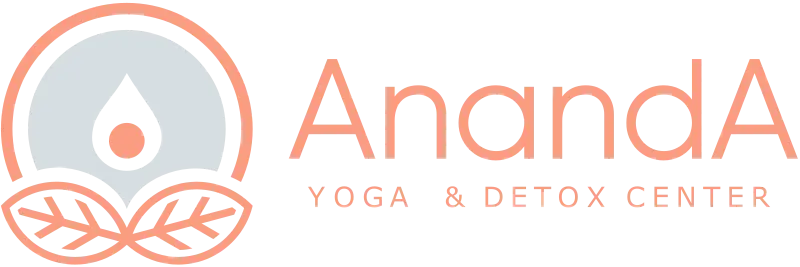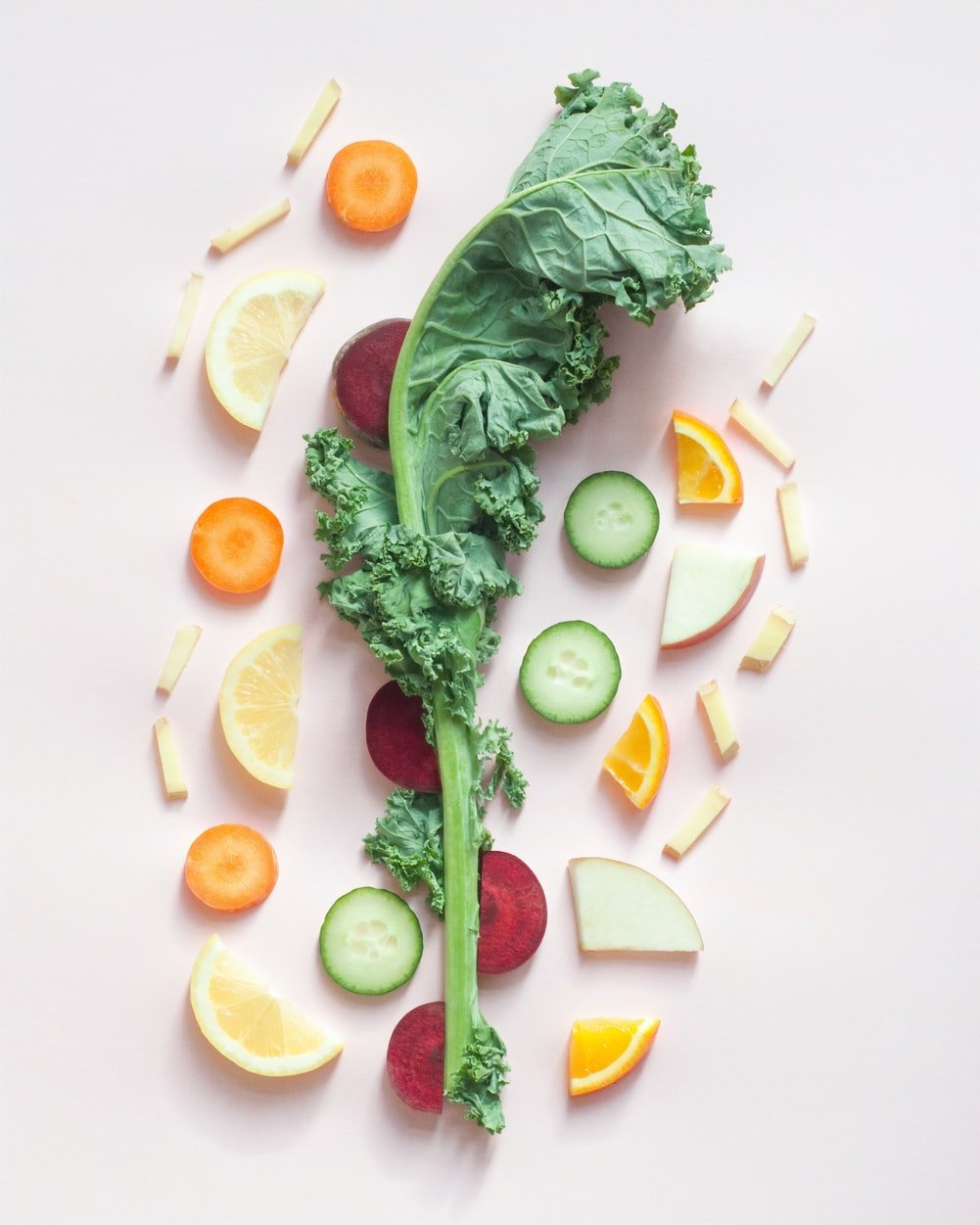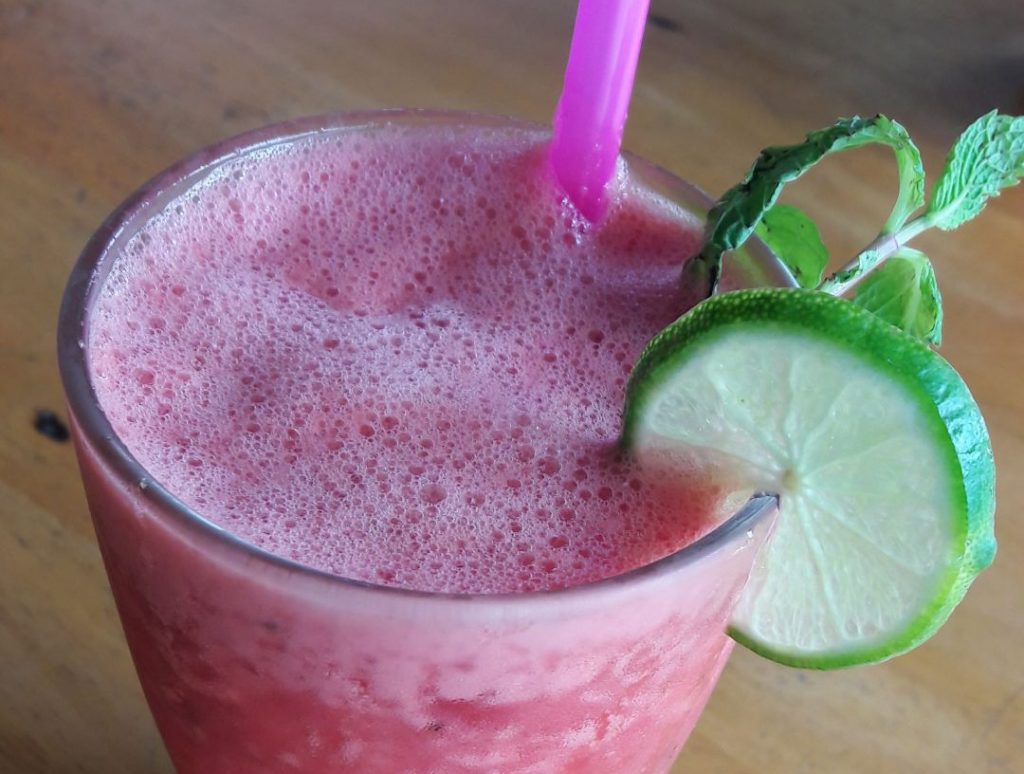How do you break a fast carefully? Ananda Yoga & Detox Center has delivered over 15,000 fasting detoxes. Our professional, friendly staff is here to guide you through every step of this process.
Post-Detox Dietary Guidelines
For the 5 days following your detox you should take special attention to what and how you eat. Be mindful of what you are putting into your body. Seeing as your digestive system is made up of new, regenerated cells, now is a great opportunity to introduce new, positive dietary habits and remove ones that no longer serve you. Fasting is a wonderful new beginning, a foundation for a lifelong, healthy diet. It is in your hands to make changes so you must take time to study and take your health seriously.
It is best to eat small meals throughout the day and to chew thoroughly. Saliva has enzymes that assist in digestion. Up to 80 percent of the starch, 30 percent of the protein and 10 percent of the fat can be digested by the enzymes in saliva.
It’s important not to overload your system by gorging on large meals, processed “junk” food, meat and bread. Your digestive system is in a sensitive state and overindulging can cause stomach cramps, nausea and fatigue, negating many of the benefits of the fast.
On the other hand, if you feel you are not hungry yet need more nutrition you can drink fresh juices or coconut water (preferably with the flesh). When you drink juices “chew” your juice so it gets mixed with saliva and is easier to digest. Remember to use 100% fresh juices and stay away from processed juices with added sugars and chemicals.
Also remember to keep hydrated by drinking plenty of water, preferably 2 liters a day. Coconut water is an excellent source of electrolytes and can keep you hydrated as well.
As you introduce solid foods it can be helpful to keep a journal to record how your body reacts to various foods. Consider keeping a “food journal” to take note of how your body feels digesting different foods. You may also notice that you don’t need as much food to feel full anymore. Discern the difference between cravings and hunger and do not overeat. Instead listen to your body and discover the amount of food your body needs.
Post Fast Day 1 and 2:
Focus on eating alkaline forming foods which will neutralize the acidity in your stomach. These include fruit and raw and steamed vegetables. To induce regular bowel movements it’s important to incorporate fiber with your meals. Psyllium husk, ground flaxseed, hemp seed and linseed are good additions that can be mixed with juices or added to salads. Your body will continue to detoxify and cleanse during this period. Any toxins that have accumulated will begin to move due to the sweeping action of the soft fibers of fruits and vegetables.
Healthy fats such as olive, coconut and avocado oils can also be taken. It’s preferable to keep your sugar intake low to avoid sugar-spikes in your body. If you chose to intake sugar choose whole fruits.
To recap, an ideal day 1 & 2 diet would include:
- Vegetables (raw, steamed or vegetable broths)
- Fruits and whole fruit juices
- Herbal tea (without honey or sugar)
- Healthy oils (olive, coconut, avocado)
- Fiber (psyllium husk ground flaxseed, hempseed, linseed)
- Plenty of water!
Break Your Fast Day 3 and 4:
Now you can introduce complex carbohydrates, ideally steamed or lightly cooked. Fried foods can be overly stimulating and too difficult for the digestive system to process immediately after the cleanse. Some carbohydrate options include brown rice, quinoa, buckwheat, millet and amaranth.
After Your Fast Day 5:
This is a good stage to introduce protein back into the mix. Beware of overloading your plate with a variety of different protein and carbohydrate combinations as it can be difficult for your body to breakdown and process different proteins simultaneously. Tofu, tempeh and other soy products, beans, legumes and hemp are great plant-based protein sources. If you chose to incorporate animal proteins such as fish, meat, poultry, dairy and eggs opt for organic, free-range, hormone-free products when possible. Remember to monitor how your body feels when digesting different proteins as it’s particularly sensitive after the cleansing process. Listen to your body, particularly while digesting soy or dairy as some people are sensitive to those products.
Break A Fast Day 6 and 7:
Towards the end of the week following the detox program you can choose to add stimulating foods and drinks (such as spicy foods and coffee) as well as simple carbohydrates to your diet. These foods are not necessarily recommended, but if you choose to, it’s ideal to wait until your body has adjusted to digestion.
At Ananda’s restaurant we have a special menu with meals designed for the first, second and third days following your detox. Of course our staff is here to answer any questions you have about your dietary patterns after your detox. We want each detoxer to begin their newfound healthy, vibrant life with confidence!



